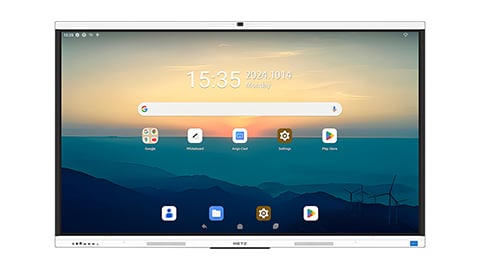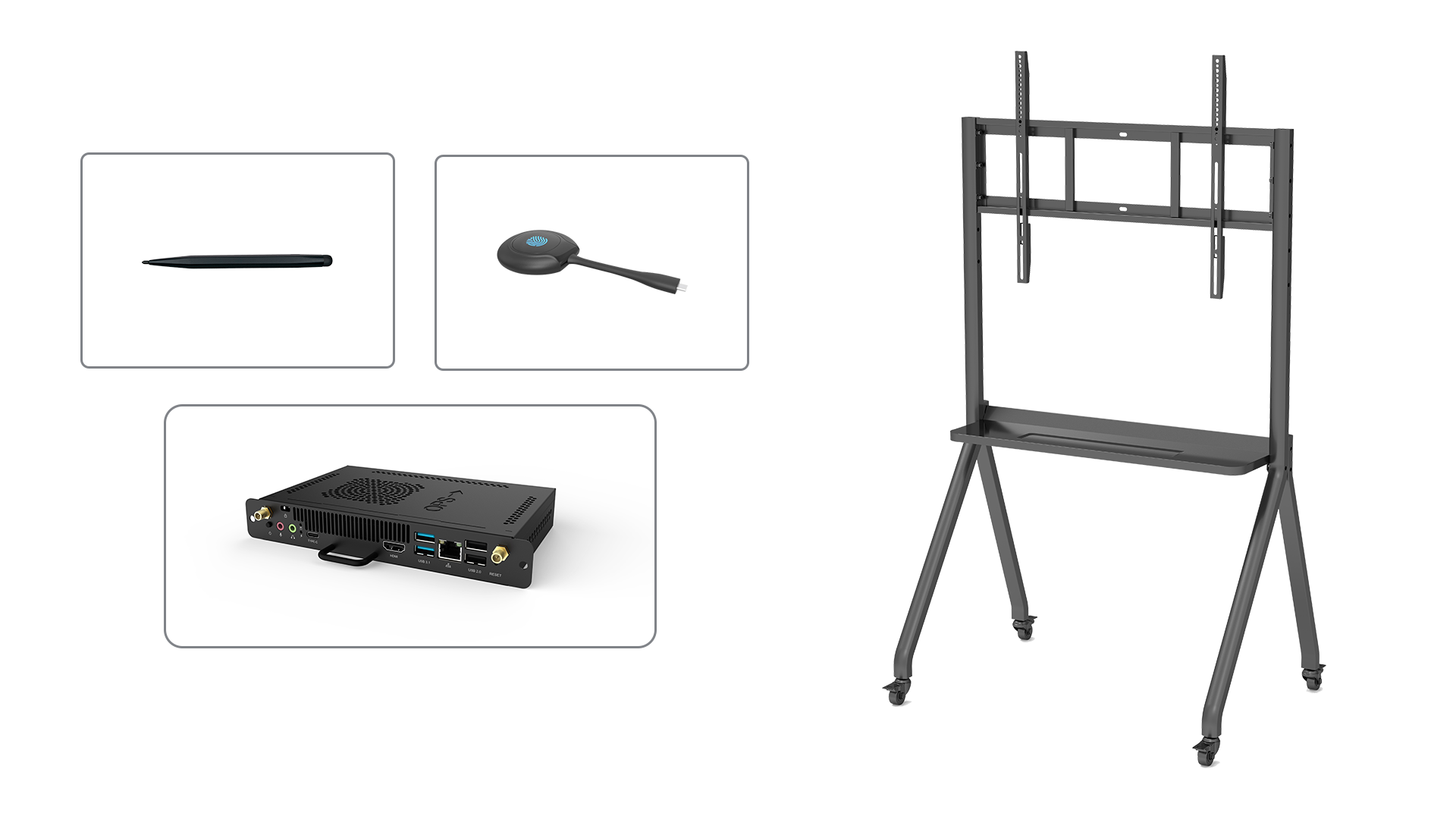The Invention of the Smartboard: A Brief History
In the ever-evolving field of education, technological advancements have played a significant role in transforming traditional classrooms into modern learning environments. One such innovation that has revolutionized teaching methods is the smartboard. In this article, we delve into the fascinating history of the smartboard, exploring its origins, development, and impact on education.
1. The Birth of the Smartboard: Early Beginnings
The journey of the smartboard began in the late 1980s when researchers and engineers sought to integrate computers with traditional classroom tools. It was during this period that the first prototypes of interactive whiteboards, the predecessors to smartboards, were developed. These early models aimed to enhance the teaching and learning experience by combining the functionality of a computer with the familiar whiteboard surface.
2. The Emergence of Smart Technologies
As the 1990s dawned, technological advancements paved the way for the emergence of smart technologies. It was during this time that the concept of the smartboard as we know it today started to take shape. Companies like Smart Technologies, Promethean, and PolyVision began developing interactive whiteboards that utilized touch-sensitive screens and digital projectors to create an interactive learning experience.
3. The Introduction of the First Smartboard
In 1991, Smart Technologies unveiled the first commercially available smartboard, known as the Smartboard Interactive Whiteboard. This groundbreaking device featured a touch-sensitive surface that allowed users to control computer applications directly from the board. It quickly gained popularity among educators for its ability to enhance student engagement and facilitate interactive learning.
4. Advancements in Smartboard Technology
Over the years, the technology behind smartboards continued to evolve. The introduction of features such as multi-touch capabilities, gesture recognition, and wireless connectivity further enhanced the functionality and versatility of these interactive whiteboards. These advancements enabled educators to deliver dynamic and immersive learning experiences, fostering student participation and collaboration.
5. Integration of Smartboards in Education
As the benefits of smartboards became increasingly evident, educational institutions worldwide started incorporating them into their classrooms. Teachers found that smartboards provided a seamless integration of digital resources, interactive multimedia, and traditional teaching methods. The ability to annotate, save, and share notes digitally revolutionized the way lessons were conducted.
6. Impact on Teaching and Learning
The introduction of smartboards had a profound impact on teaching and learning methodologies. Teachers could now create visually engaging presentations, access a vast library of educational resources, and tailor lessons to meet the diverse learning needs of their students. The interactive nature of smartboards encouraged active participation and collaboration, resulting in improved student motivation and comprehension.
7. Expansion into Other Industries
While initially developed for educational purposes, smartboard technology soon found applications in various industries. Corporations, conference centers, and training facilities began utilizing interactive whiteboards for presentations, brainstorming sessions, and collaborative work. The versatility and interactivity offered by smartboards made them an invaluable tool across different sectors.
8. Continued Advancements and Innovations
The journey of the smartboard did not stop with its initial introduction. Companies continued to invest in research and development, leading to the introduction of newer, more advanced models. Today, smartboards offer features such as built-in cameras, integrated speakers, and mobile device compatibility, further expanding their capabilities and usability.
9. Smartboards in the Digital Age
In the digital age, where technology is an integral part of our daily lives, smartboards have become a standard fixture in modern classrooms. Their ability to seamlessly integrate with other digital tools and resources enables educators to deliver immersive, technology-driven lessons that prepare students for the challenges of the 21st century.
10. The Future of Smartboard Technology
As technology continues to advance at a rapid pace, the future of smartboard technology holds immense potential. With the advent of augmented reality (AR) and virtual reality (VR), smartboards are likely to evolve into even more immersive and interactive learning platforms. These advancements will undoubtedly reshape the landscape of education, paving the way for new and exciting possibilities.






